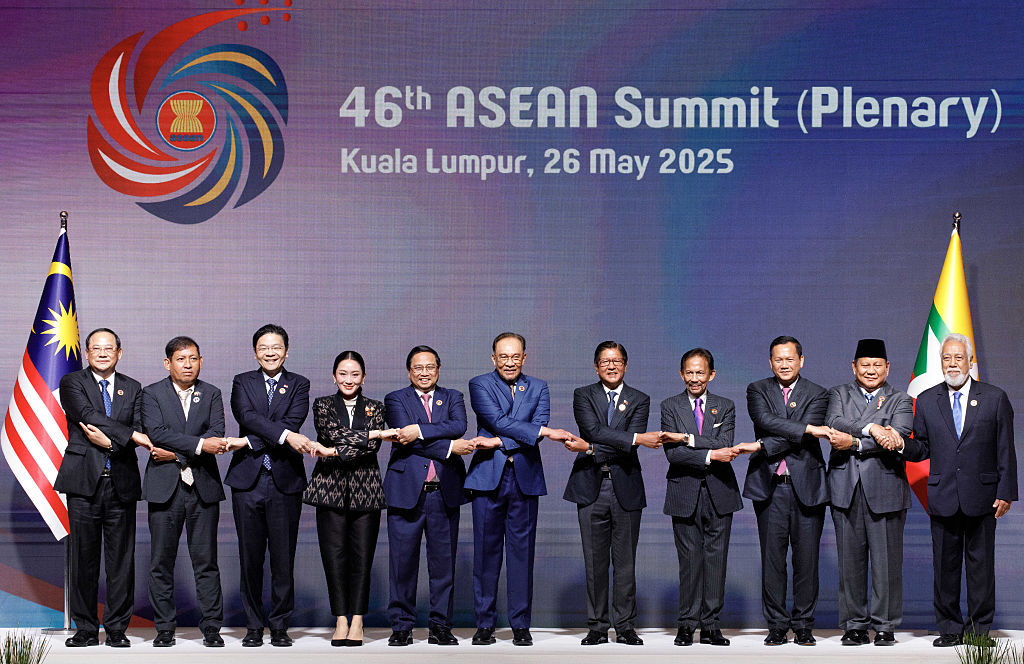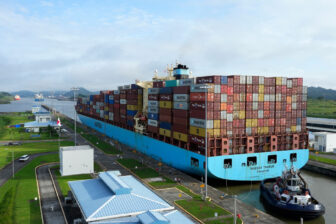SANTIAGO—Today’s global landscape is increasingly shaped by economic fragmentation and geopolitical tension. In recent months, the U.S. has intensified its protectionist stance, weakening the multilateral trading system. These developments add to the lingering effects of the U.S.-China trade war, the COVID-19 pandemic, and the conflicts in Ukraine and the Middle East.
All this has meant disruption, heightened uncertainty, and a growing preference for shorter, more secure, and more resilient supply chains. As resilience takes precedence over efficiency, nearshoring and reshoring are taking center stage.
Against this backdrop, Latin America is well-positioned thanks to its abundance of strategic natural resources, advantageous geography, and growing participation in global value chains. The region is home to major reserves of minerals essential for the energy transition—such as lithium, copper and green hydrogen—and has become a leading global food supplier.
But the opportunity could still be squandered if the region remains economically fragmented. Integration efforts have been piecemeal—and insufficient to meet the demands of a more protectionist and competitive world. To change course, Latin America can draw inspiration from the Association of Southeast Asian Nations (ASEAN). This would lay the groundwork not only for better integration, but also more and faster nearshoring.
Patchwork integration: A missed opportunity
Despite decades of effort and a long list of regional and bilateral trade agreements, Latin America remains one of the least economically integrated regions in the world.
Major regional frameworks include Mercosur, the Pacific Alliance, the Central American Integration System (SICA), the Andean Community (CAN), the Caribbean Community (CARICOM) and the Latin American Integration Association (ALADI). These coexist with broader agreements such as the US-Mexico-Canada Agreement (USMCA), CAFTA-DR, and a myriad of bilateral free trade agreements with global partners like China, the European Union, South Korea and Japan.
This proliferation of agreements has failed to produce real economic convergence. Instead, the region is defined by a patchwork of overlapping initiatives, each reflecting divergent political agendas and limited institutional depth. Intra-Latin American trade accounts for just 14% of total trade in 2023, a stark contrast to over 60% in the European Union and 22% in ASEAN in the same year.
The success of blocs like ASEAN and the EU shows that Latin America’s fragmentation stems from four key challenges: Tariff and non-tariff barriers that remain in place despite formal agreements; a chronic deficit in transport and logistics infrastructure; regulatory misalignment and the absence of strong supranational institutions; and political swings that derail long-term initiatives. Taken together, these obstacles have seriously limited the region’s ability to coordinate, scale, and compete.
ASEAN as a realistic blueprint
The EU represents the most advanced model of regional integration, featuring a common market, customs union, shared policies in key areas, and a robust supranational institutional framework. This architecture has enabled greater territorial cohesion, particularly through structural funds that help bridge development gaps—an especially relevant precedent for Latin America.
However, ASEAN offers a more immediately replicable model. Formed in 1967 with five founding members—Indonesia, Malaysia, the Philippines, Singapore and Thailand—ASEAN has since expanded to include Brunei, Vietnam, Laos, Myanmar and Cambodia. The bloc was created as a response to regional political tensions and the need for cooperation amid Cold War pressures. Over time, ASEAN evolved into a key platform for economic and strategic integration, promoting stability and mutual development across Southeast Asia.
Without supranational institutions, ASEAN has advanced integration through consensus, practical cooperation, and multi-year action plans. This approach has positioned the bloc as a key player in global value chains, with strategic agreements like the Regional Comprehensive Economic Partnership (RCEP). Its emphasis on physical, institutional, and regulatory connectivity makes it a compelling reference for Latin America, where deeper integration efforts have often been hindered by political divergence.
Latin America can build a more effective integration agenda if it takes the following notes from ASEAN. First, it must build governance systems for cooperation. ASEAN shows that regional progress does not require deep supranational institutions, but it does demand clear mechanisms for planning and coordination. Latin America should strengthen its existing regional bodies, equip them with technical capacity, and ensure continuity beyond political cycles.
That coordination is key to delivering on critically important regulatory convergence. Both ASEAN and the EU have reduced trade costs by harmonizing technical, sanitary, and customs standards. Latin America needs to move toward minimum common standards that facilitate trade and enhance regional competitiveness.
Logistics, ports and digital infrastructure have also played a central role in integration in both Europe and Asia. Latin America, which faces logistics costs that are up to twice as high as those in other emerging regions, must prioritize cross-border infrastructure and shared digital platforms.
Lastly, ASEAN has forged a coherent network of trade deals across Asia-Pacific. In contrast, Latin America maintains more than 30 preferential agreements, with little coordination. Achieving regulatory and operational alignment would provide greater certainty to investors and improve global market access.
A virtuous cycle
Effective integration does not require complex institutional replication, but it does demand strategic coherence and sustained political will. ASEAN’s model proves that functional, gradual, and outcome-driven integration is possible.
Given that integration and nearshoring tend to reinforce each other, Latin America could benefit from a virtuous cycle if it follows ASEAN’s lead. Both phenomena increase foreign direct investment, facilitate technology transfer, create formal employment, and enhance domestic productive capacity. Through nearshoring alone, the IDB estimated in 2022 that regional exports could swell up to $78 billion annually, equivalent to approximately 5.6% of Latin America’s total exports that year.
Key sectors poised for growth include automotive manufacturing, pharmaceuticals, renewable energy, textiles, digital services, and agribusiness. These are precisely the high-potential sectors that could drive lucrative regional value chains. Following the ASEAN model, the region can seize this low-hanging fruit by implementing coordinated policies, providing targeted support for export-oriented small and medium-sized enterprises (SMEs), and establishing joint technical training programs.
The ASEAN model illustrates a pathway toward more functional, strategic, and resilient integration. It offers the most straightforward approach for Latin America to capitalize on the immense opportunities presented by a transforming global economy.










